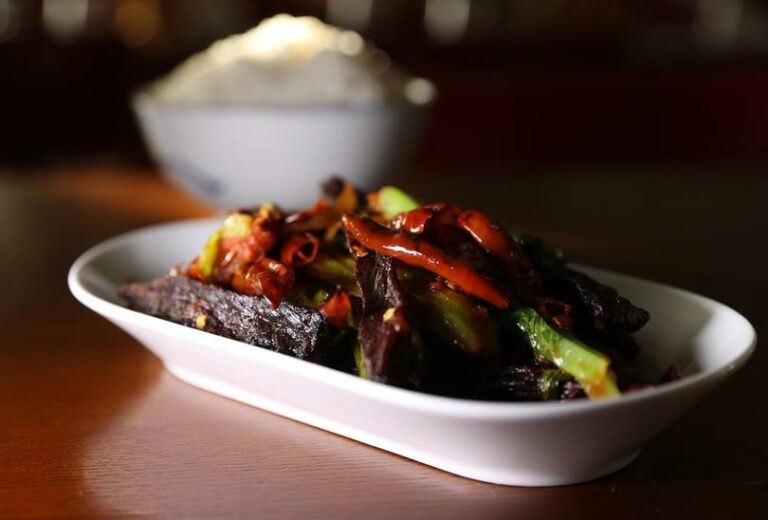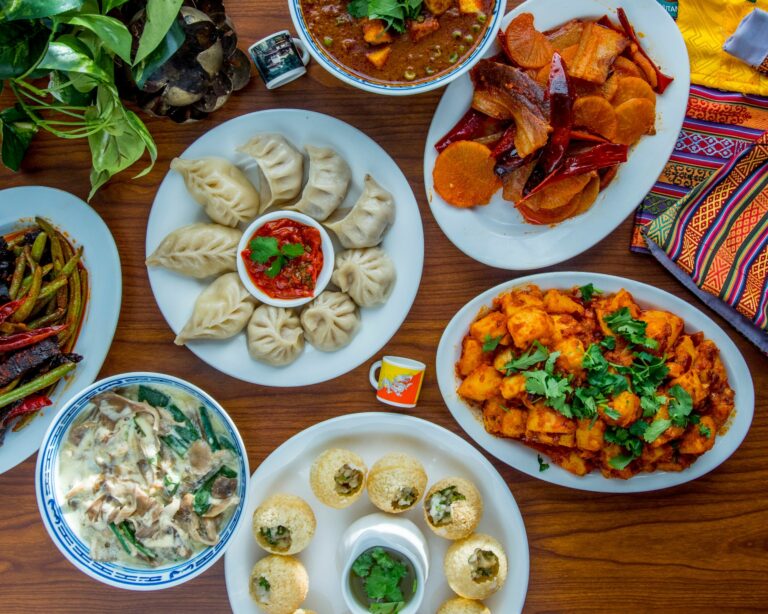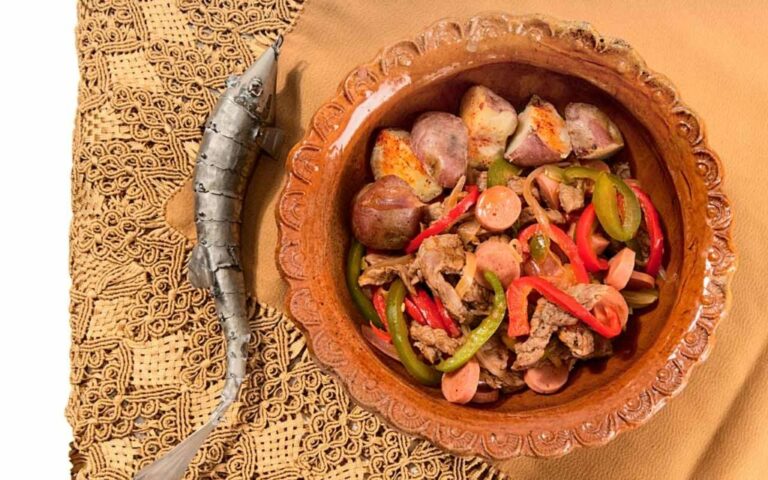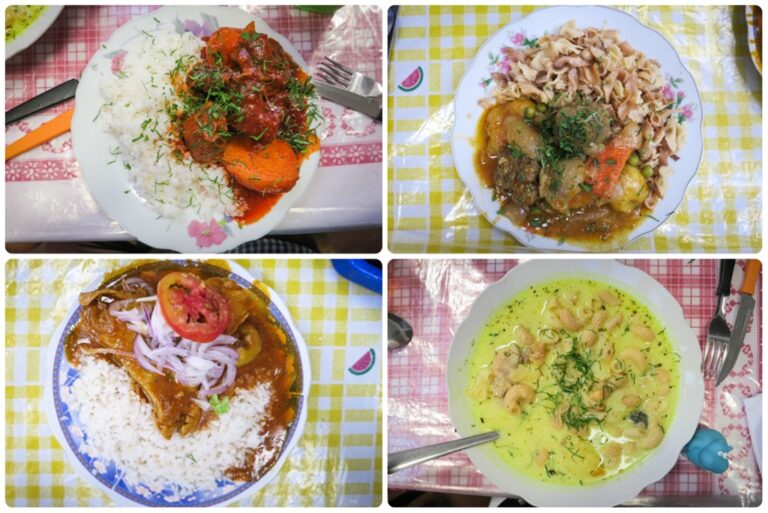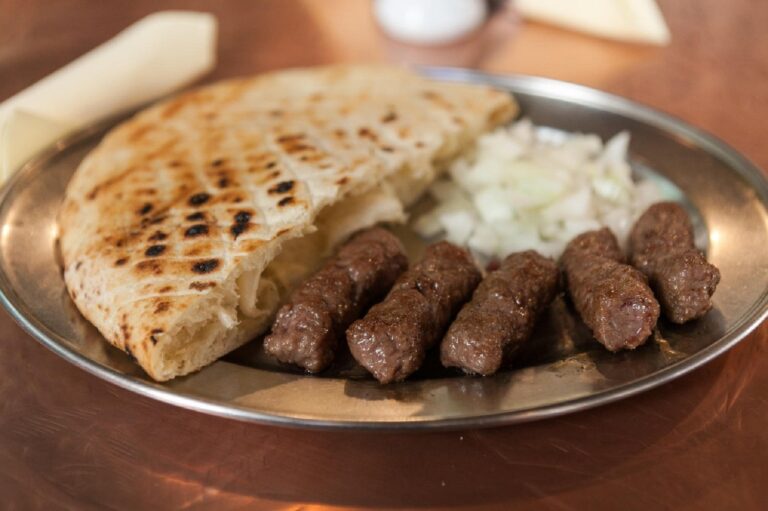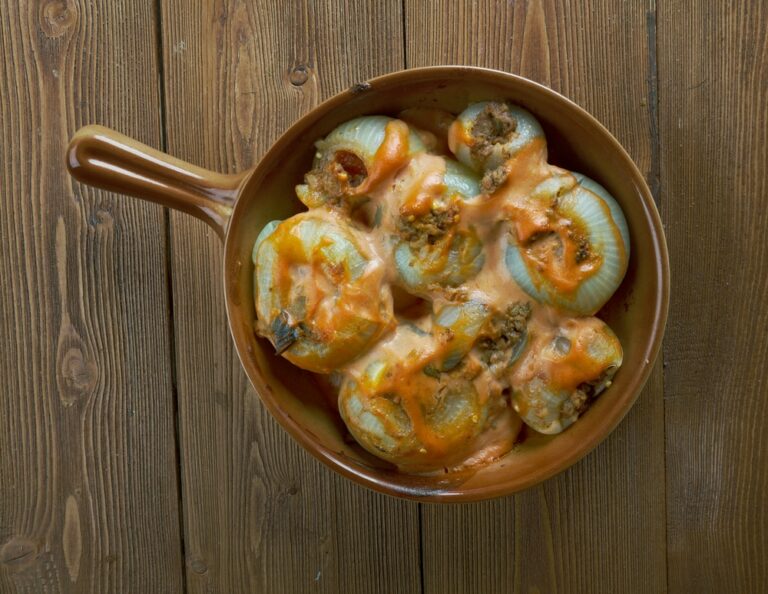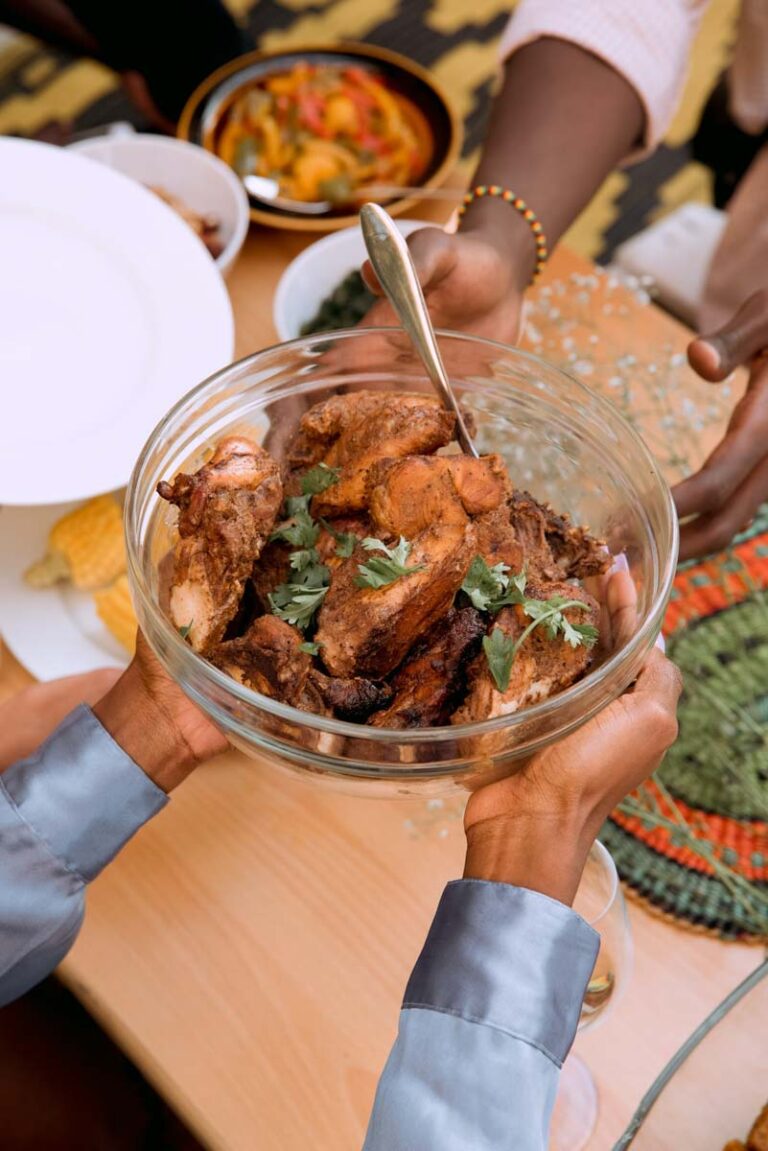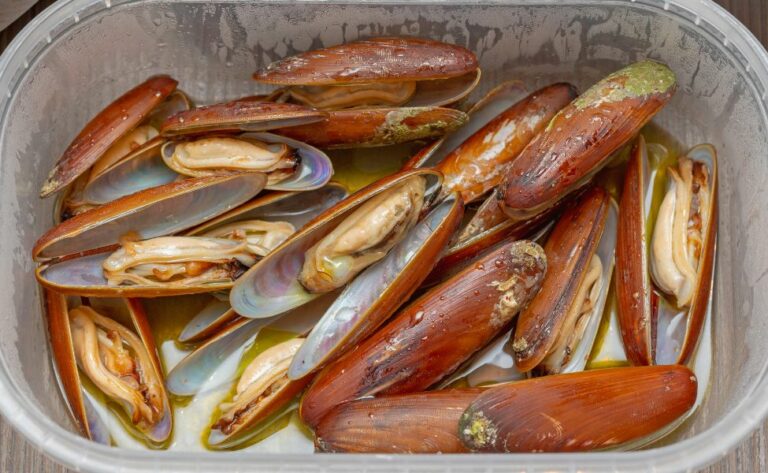Introduction: Bhutanese Cuisine
Bhutanese cuisine is a unique and delicious blend of spicy and savory flavors, rooted in the country’s rich cultural heritage. The cuisine is characterized by its use of local ingredients, which are often grown and harvested in the country’s fertile valleys and mountainous regions. Bhutanese dishes are known for their bold flavors and use of chilies, cheese, and meat, which are staples in the local diet.
The Use of Local Ingredients
One of the hallmarks of Bhutanese cuisine is the use of local ingredients. The country’s fertile valleys and mountainous regions provide a bounty of fresh produce, meat, and dairy products. Chilies are a staple in Bhutanese cooking and are used in almost every dish. Cheese is also a popular ingredient, with varieties such as yak cheese and cow’s milk cheese commonly used. Meat dishes often feature pork, chicken, beef, or yak, which are all raised locally. Bhutanese cuisine is also notable for its use of wild herbs and mushrooms, which are gathered from the forests and hillsides.
Ema Datshi: Bhutan’s National Dish
Ema Datshi is Bhutan’s national dish and is a spicy and creamy mix of chilies and cheese. The dish is made with green or red chilies, which are diced and cooked in a mixture of butter and onions. The cheese, which is usually a soft and crumbly variety, is added to the chili mixture and cooked until it melts. Ema Datshi is typically served with rice and is a favorite among locals and visitors alike.
Jasha Maroo: Spicy Chicken Stew
Jasha Maroo is a spicy chicken stew that is a staple in Bhutanese cuisine. The dish is made with boneless chicken pieces that are marinated in a mixture of spices and chili paste before being cooked with onions, garlic, and tomatoes. The dish is typically served with rice or Bhutanese red rice, and is a hearty and flavorful meal.
Phaksha Paa: Pork with Radish
Phaksha Paa is a popular pork dish that is often served during festivals and special occasions. The dish is made with chunks of pork belly that are cooked with radish, onions, and chilies. The pork is cooked until it is tender and the radish adds a sweet and earthy flavor to the dish. Phaksha Paa is typically served with rice or Bhutanese red rice.
Shakam Eezay: Dried Beef with Chilies
Shakam Eezay is a popular snack in Bhutanese cuisine and is made with dried beef and chilies. The beef is sliced thinly and marinated in a mixture of spices and chili paste before being dried in the sun. The dried beef is then cut into small pieces and mixed with diced chilies, onions, and tomatoes. Shakam Eezay is typically served as a side dish or snack with drinks.
Kewa Datshi: Potato and Cheese Curry
Kewa Datshi is a vegetarian curry that is made with potatoes and cheese. The dish is typically made with a soft and crumbly cheese, such as yak cheese or cow’s milk cheese. The potatoes are diced and cooked with onions, garlic, and chilies before the cheese is added. Kewa Datshi is typically served with rice or Bhutanese red rice and is a comforting and filling meal.
Suja: Salted Butter Tea
Suja is a traditional Bhutanese beverage that is made with tea, salt, and butter. The tea is brewed with water and then mixed with butter and a pinch of salt. The butter adds a creamy texture to the tea and also helps to keep the body warm in the cold mountain climate. Suja is typically served with snacks or as a morning beverage.

